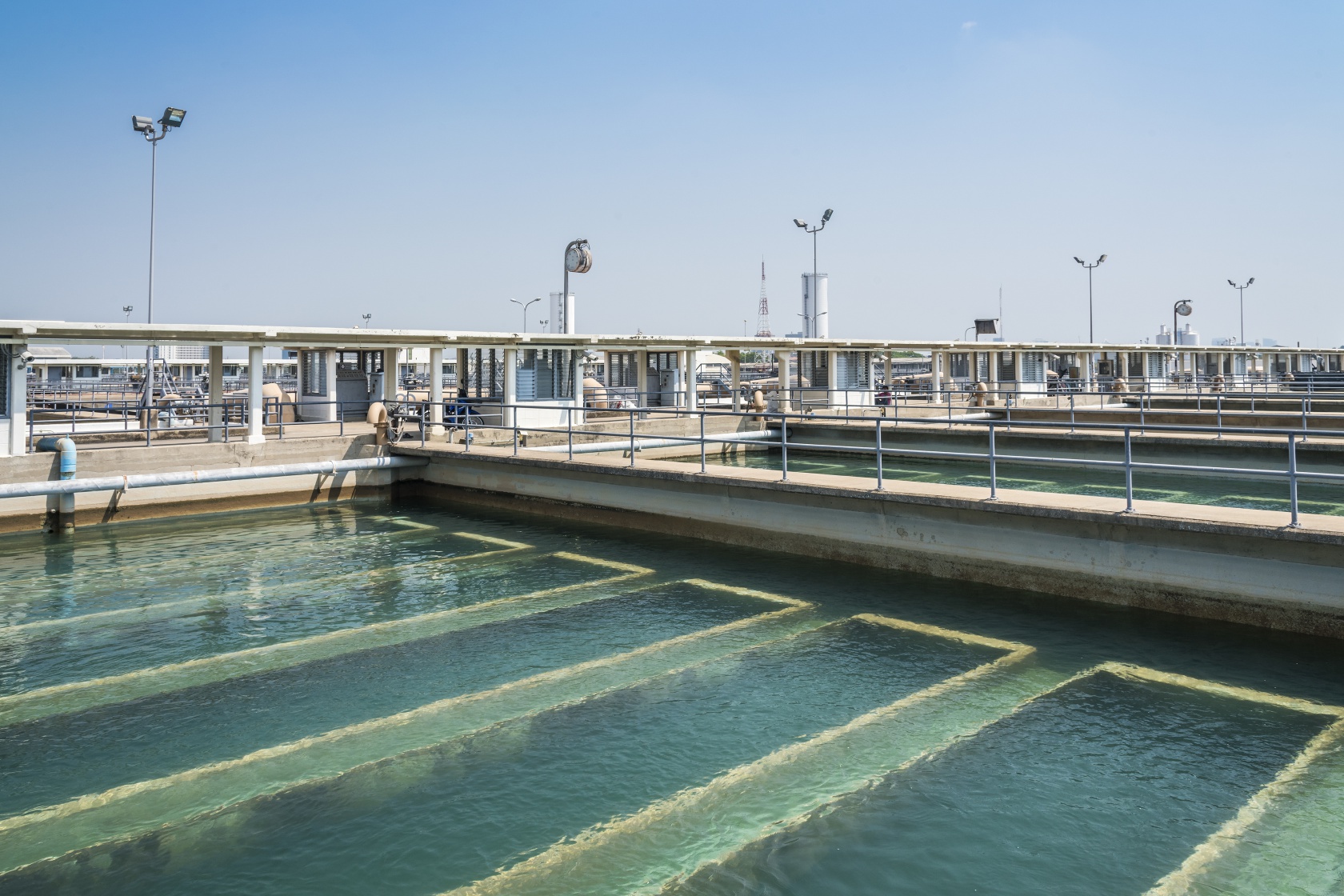Domestic Water
Visentia can provide safe and efficient systems for primary and secondary disinfection of domestic water supplies and the application knowledge to give you that extra level of protection against harmful pathogens. Municipal water treatment plants around the country are generally equipped to supply safe and reliable drinking water, however in systems prone to contamination; in particular Legionella pneumophilia, secondary disinfection can provide another wall of defence to microorganisms.
 TECHNICAL CONSIDERATIONS
TECHNICAL CONSIDERATIONS
Providing safe water for human consumption is of utmost importance to society in order to prevent disease, therefore the Drinking Water Standard of New Zealand (DWSNZ) provides guidelines on maximum acceptable levels of contaminants for the supply of water for domestic use. Best practices on protecting public health safety of water focus on removal of undesirable soluble and particulate matter, disinfection to kill any pathogens and protection from subsequent contamination. A variety of mechanical and chemical treatments are used depending on the specific contaminants in the source water. New Zealand water sources generally have a low risk of chemical contamination and most chemicals mentioned in the DWSNZ are only likely to cause adverse effects after prolonged periods of exposure, so generally speaking chemicals are not the immediate area of concern in New Zealand. More commonplace and of more concern is microbiological contamination of the source water by animals, birds and humans, which can introduce pathogens such as bacteria, viruses and protozoa. The DWSNZ gives the highest priority to microbiological contaminants because they can lead to rapid and major outbreaks of illness. Therefore, microbiological control is of paramount importance and should not be compromised to correct other quality or operational problems. For example, reducing halogen/oxidant addition to correct high levels of disinfection by-products such as chlorate, DHMs, etc. Within the DWSNZ, there are other parameters that are not a concern for public health, but do affect the ‘aesthetic’ qualities of the water. For example, high levels of hardness, iron and manganese can cause scales, stains, odour and taste issues.
The health risk from the bacteria Legionella pneumophilia present in water aerosols is well understood in open recirculating cooling systems, however of increasing concern is the risk in domestic hot water systems. Large and complex recirculating hot water systems commonplace in hotels and hospitals can be breeding grounds for microorganisms due to reduced temperatures in the extremes of the system and in stagnant areas such as piping dead-legs. Also, the emerging use of heat pumps for hot water heating sees sub-lethal temperatures in the hot water heater, which is a risk factor for Legionella contamination.
